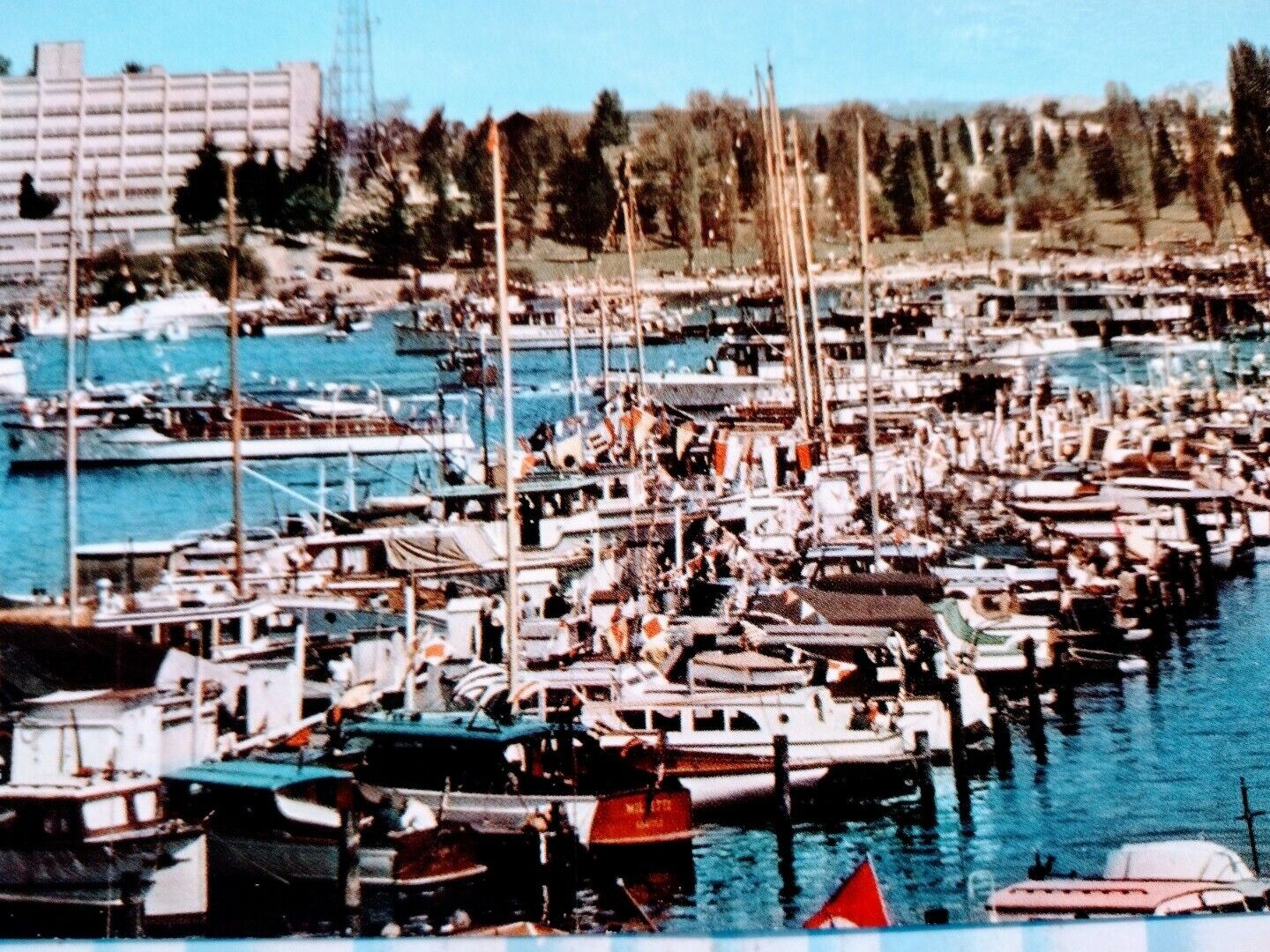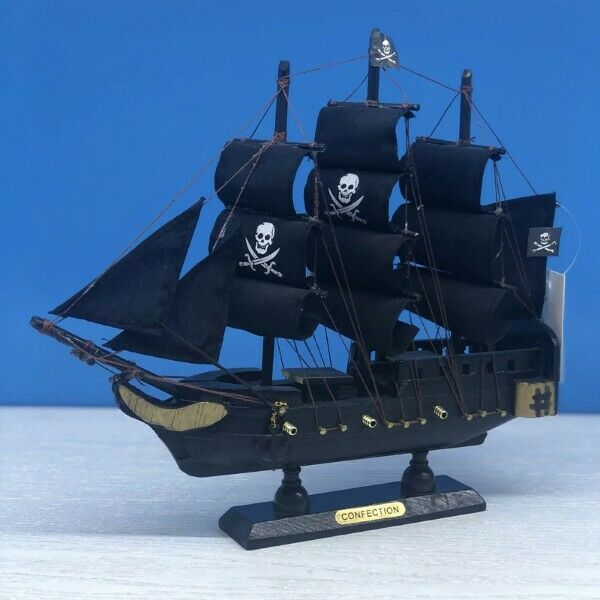-40%
Endeavour Model Sailboat Wood 16" Fully assembled
$ 31.41
- Description
- Size Guide
Description
Endeavour Model SailboatWood
16" Assembled
NOT A MODEL SHIP KIT
This model sailboat requires minor assembly. Simply insert mast into hull and clip on the sails.
There is no rigging to tie or tighten. Assembly takes less than 2 minutes.
Brighten your day, or any room of your home, with this delightfully fun Endeavour model. Perfect nautical décor gifts for friends, children, or party guests, they also make excellent nautical decorations or sailboat centerpieces for a reception or group event. Liven your office, beach house, or sunroom with one of these colorful sailboat models today!
Handcrafted solid wood
hull, masts and stand
with metal supports
Largest sailboat selection available -
We offer over 150 unique model sailboats
Featured in Sept 2011
Brides
magazine
- Excellent wedding table centerpiece
Perfect nautical gift
for friends, children or party guests
Ideal for
banquets, receptions, meetings, or any other nautical party or event
---- Contact us for quantity discounts
WARNING: This product can expose you to chemicals including Formaldehyde, and Styrene, which are known to the State of California to cause cancer, and Chromium and Toluene, which are known to the State of California to cause birth defects or other reproductive harm. For more information go to www.P65Warnings.ca.gov
.
Historical Significance
The J-class yachts are beloved symbols of extravagance from a bygone age, each designed and financed by a unique personality to compete in The America’s Cup. Looking back, we are left to wonder at the priorities of the people involved; how could they justify to themselves the expenditure required for a boat race during the height of the Great Depressionω Not to mention, these millionaires would rarely even leave themselves with a souvenir of this ultimate luxury; most J-class yachts were sold for scrap following the race. Today, we are left to marvel at the extraordinary series of events that was The America’s Cup from 1930-’37.
After the suspension of racing during World War II, its resumption in ‘58 featured smaller yachts, undoubtedly more affordable to field. This makes any surviving J-class yacht to be a rare, valuable historical artifact - exactly what the Endeavor is.
When it was constructed, The Endeavor was extraordinary for its design and technological innovation, and it remains so for being one of the only America’s Cup J-class yachts still intact
.
History of the J-Class
The America’s Cup is a yacht race between the Americans and British, with both sides fielding a single vessel selected by winning qualifying races against similar models. Each nation then selects the fastest model and crew to compete on behalf of it for that year’s race. Of course, wooden sailboat racing isn’t only a contest for the crews of the model sailing yachts; it’s also a contest for its designers.
Just as with car racing, technology and innovation come to the forefront of wooden sailboat engineering, and as such, the rules continued to evolve about exactly how a particular yacht model could be constructed. For instance, both of the 1903 America’s Cup racing yachts (The Reliance and The Shamrock III) were so lopsided as to barely be seaworthy on stormy days. The yachts fielded by the Americans were particularly lopsided because they, unlike their British brethren, did not have to be seaworthy enough to actually sail to the racing site under their own power. The Americans, for reasons only wealthy yacht owners understand, could produce a yacht just seaworthy enough to not sink when sailing about in closed harbor regatta races.
A new set of rules came down in 1914 called “The Universal Rule” which established classes of racing yachts by the ratio of their length, displacement, and total area of their sails. Previously, length was the only criterion which mattered, which designers readily abused by putting excessive amounts of sail on yachts of those models. Now that these factors were accounted for, different classes of yacht were established by variable ratios of the aforementioned criteria. Several other ratios were then codified into yachts of ten different classes for single mast yachts: I through S. The America’s Cup race from 1930-’37 soon saw the J-class as the most desirable design criteria.












